Bitterling - Rhodeus amarus
incl. VAT plus shipping costs
Immediate delivery, express possible ![]()
Only 4 itemleft in stock
- Item no: 6235
Fast delivery times
All products are in stock with us!14 years of breeding experience
Let our team of experts advise you!High customer satisfaction
from over 3,000 reviews "A very beautiful small pond fish is the bitterling, which is native to us in Central Europe and is also called the tailor carp (Rhodeus amarus). Bitterlings belong to the carp fish and are sociable schooling fish. You should not go below a group size of at least 4 bitterlings in the garden pond. Bitterlings can reach an age of up to five years. Due to their very special reproductive strategy, bitterlings have become rare in nature in some places.
The bitterling grows to 5-9 cm in length, making it the smallest carp species in Europe. It is also suitable for smaller garden ponds. The pond fish is gray-green to silvery, during the spawning season the male bitterlings show beautifully red-black colored fins. In order for bitterlings to show all their really very interesting behavior in the garden pond, they should not be socialized with other fish.
Bitterlings live in symbiosis with various large mussels from the genera Unio (Painter Mussel), Anodonta (River Mussel) and Pseudanodonta (Pond Mussel). Only when mussels are in the pond do the males of the bitterling even get into a courtship mood, and only then do they show their great spawning coloration. The females lay their eggs with a short laying tube in the gill cavity of the mussels, where up to 100 young fish grow. The mussels are not bothered by this. They also need bitterlings to reproduce - the larvae of the mussels are spread by the bitterlings. When the young fish are 1 cm big, they leave the mussel. One pond mussel is calculated per pair of bitterlings.
A suitable pond for bitterlings should hold at least 1000 liters for a group of four fish, with an additional 250 liters for each additional bitterling. A pond with a depth of 1-1.30 m will not freeze through to the bottom in winter, so the bitterlings, which are hardy in our area, can be overwintered outside. An ice freezer helps with oxygen exchange in the cold season, because then the water surface does not freeze completely.
Bitterlings prefer waters with little to no current and a rich plant cover. The pond bottom should be sandy or muddy. An extensive and partially planted shallow water zone with a maximum depth of 20-40 cm is very conducive to bitterlings and mussels. The substrate here should be fine sand. Here you can nicely observe the little runners and the mussels living in symbiosis with them.
Bitterlings are popular in the garden pond because they like to eat mosquito larvae. However, they also take other insect larvae, smaller crustaceans and worms. Algae are also nibbled. Typical of carp, bitterlings forage in the bottom of the pond, stirring up detritus that mussels like to filter out of the water. Bitterlings also readily accept conventional pond fish food.
| Scientific name | Rhodeus amarus |
| German name: | Bitterling, tailor carp |
| Difficulty level: | for beginners |
| Origin/Distribution: | Europe |
| Coloration: | silvery to gray-green, males in spawning season with red-black fins |
| Age expectancy | 5 years |
| Pond size: | minimum 1000 liters for four fish, additional 250 liters for each additional fish |
| Food | Omnivorous, algae, insect larvae, insects, worms, crustaceans, special pond fish food |
| Breeding | relatively easy in pond with mussels, impossible without mussels |
| Behavior | Diurnal |
| Group size | from five fish |
- Item no: 6235
- EAN No.: 7427061494242
Entdecke die Garnelio Welt!
Garnelio gehört zu den größten Onlineshops für wirbellose Aquarientiere weltweit.
Viele Artikel gibt es exklusiv nur bei uns im Shop.

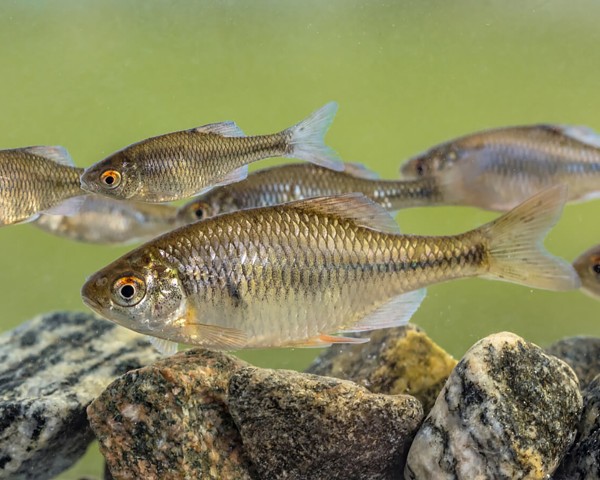

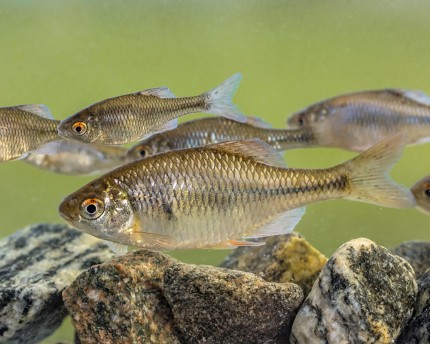
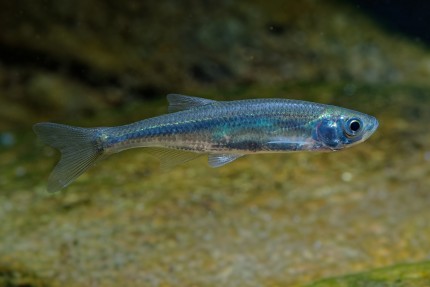
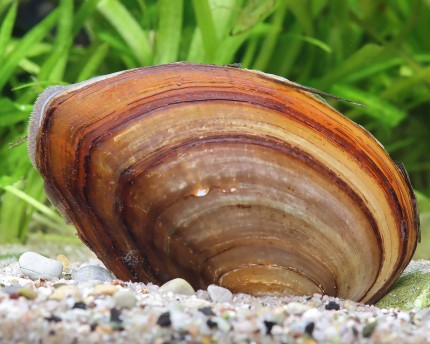

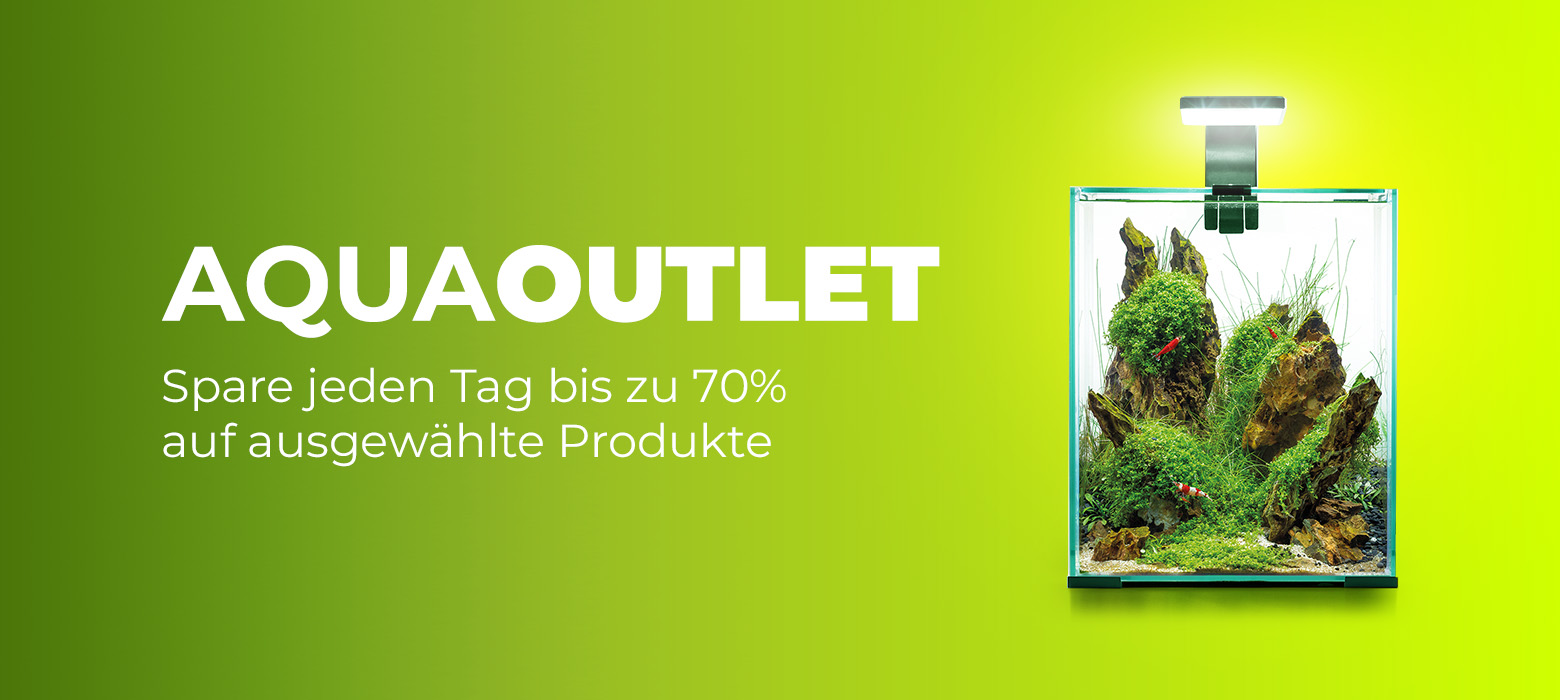



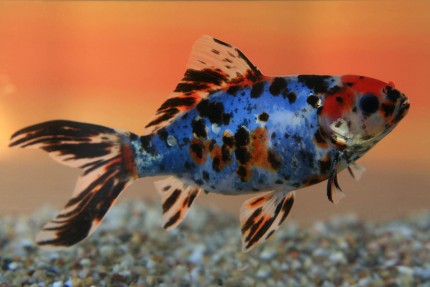
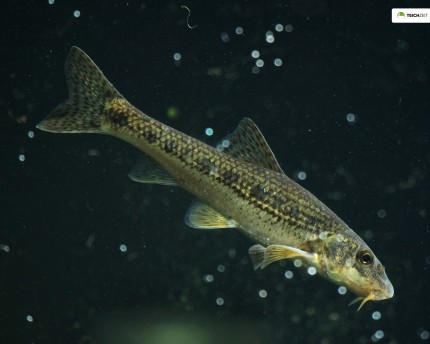
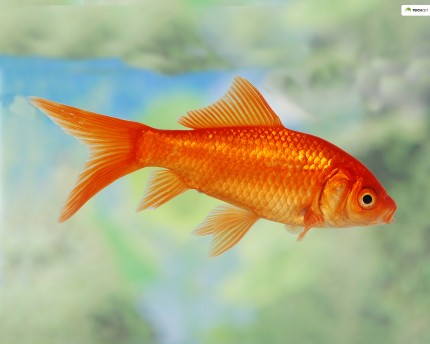
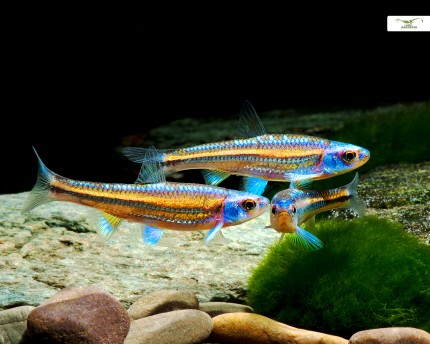
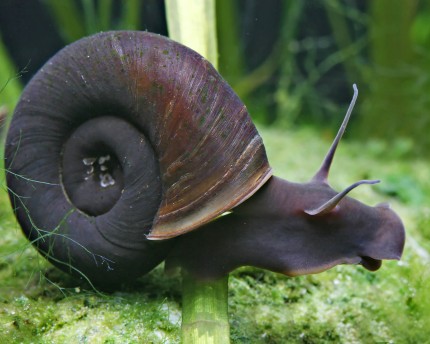
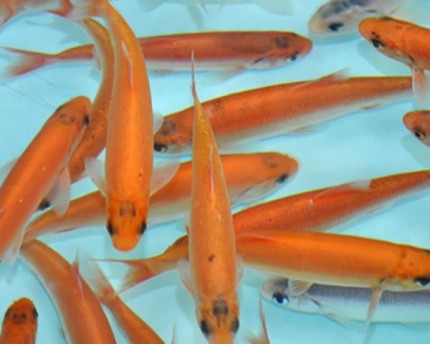
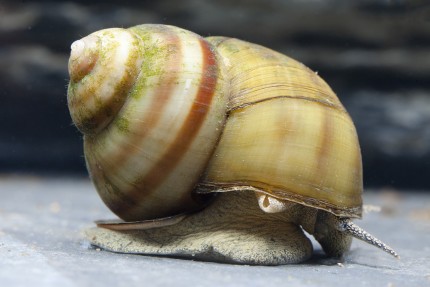
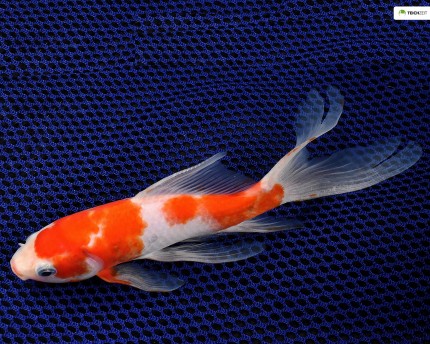
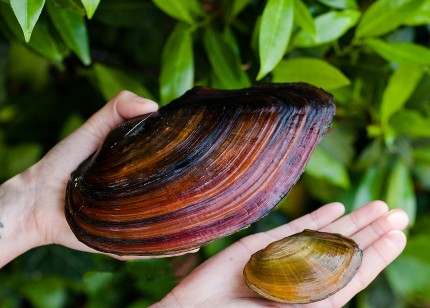
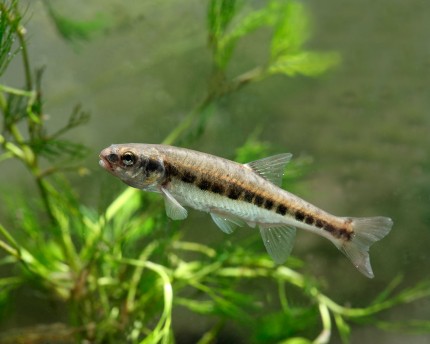
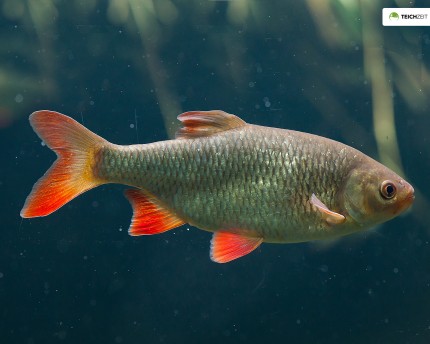
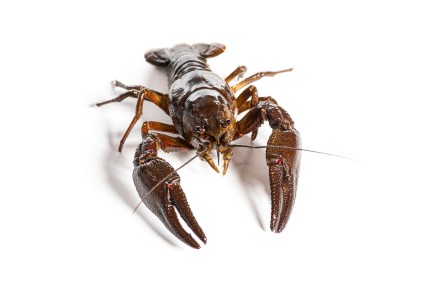
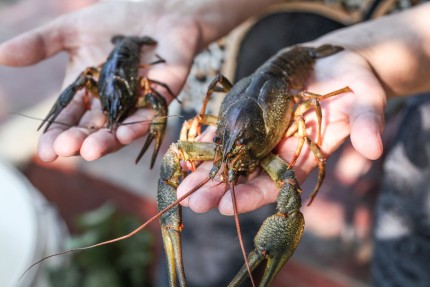
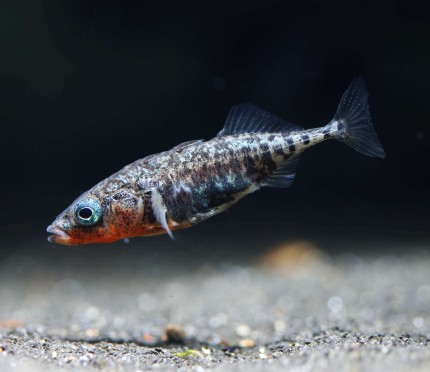
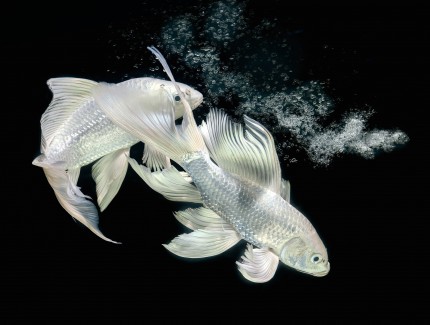
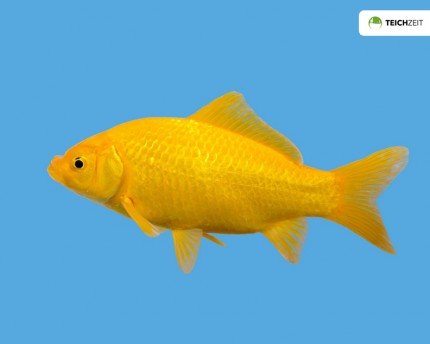
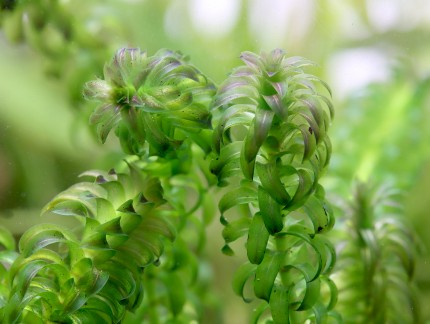
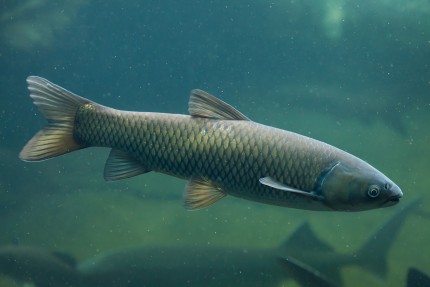
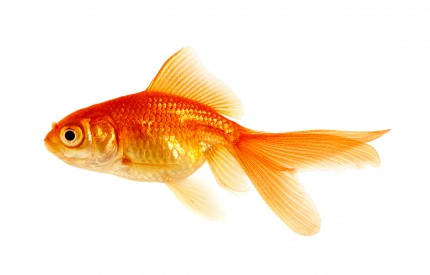
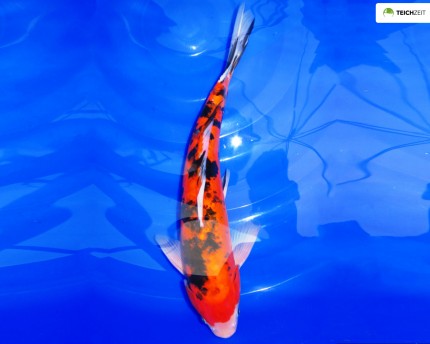
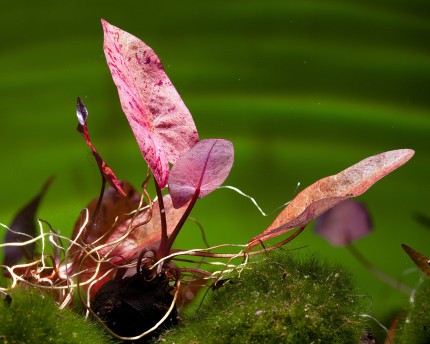
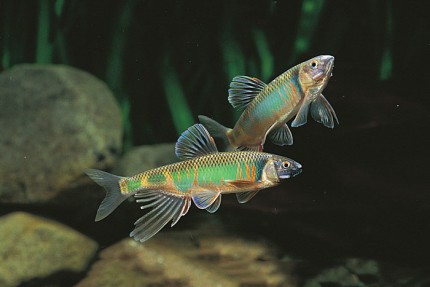
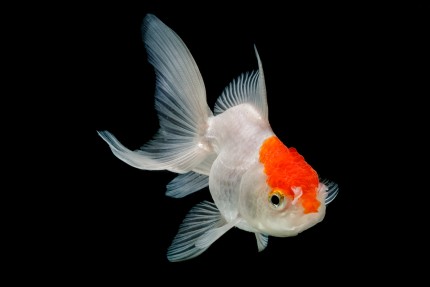
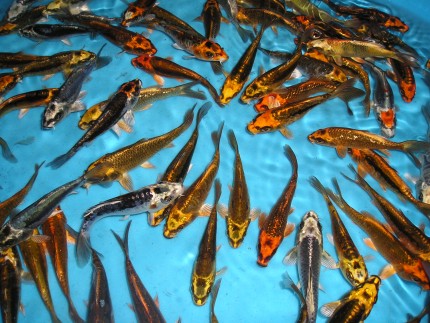
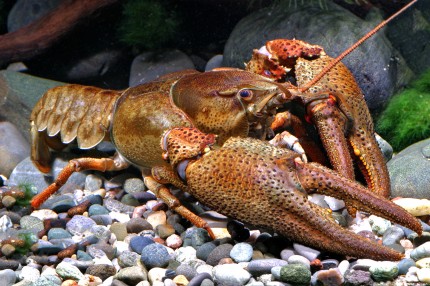
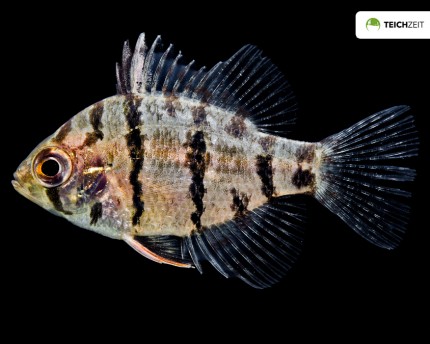
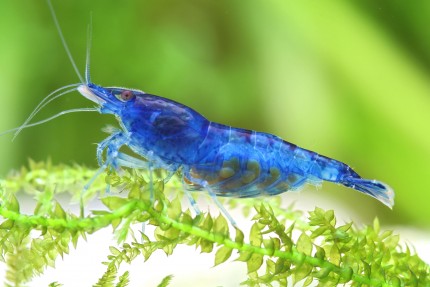
The fields marked with * are required.
I have taken note of the privacy policy.